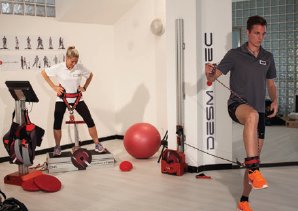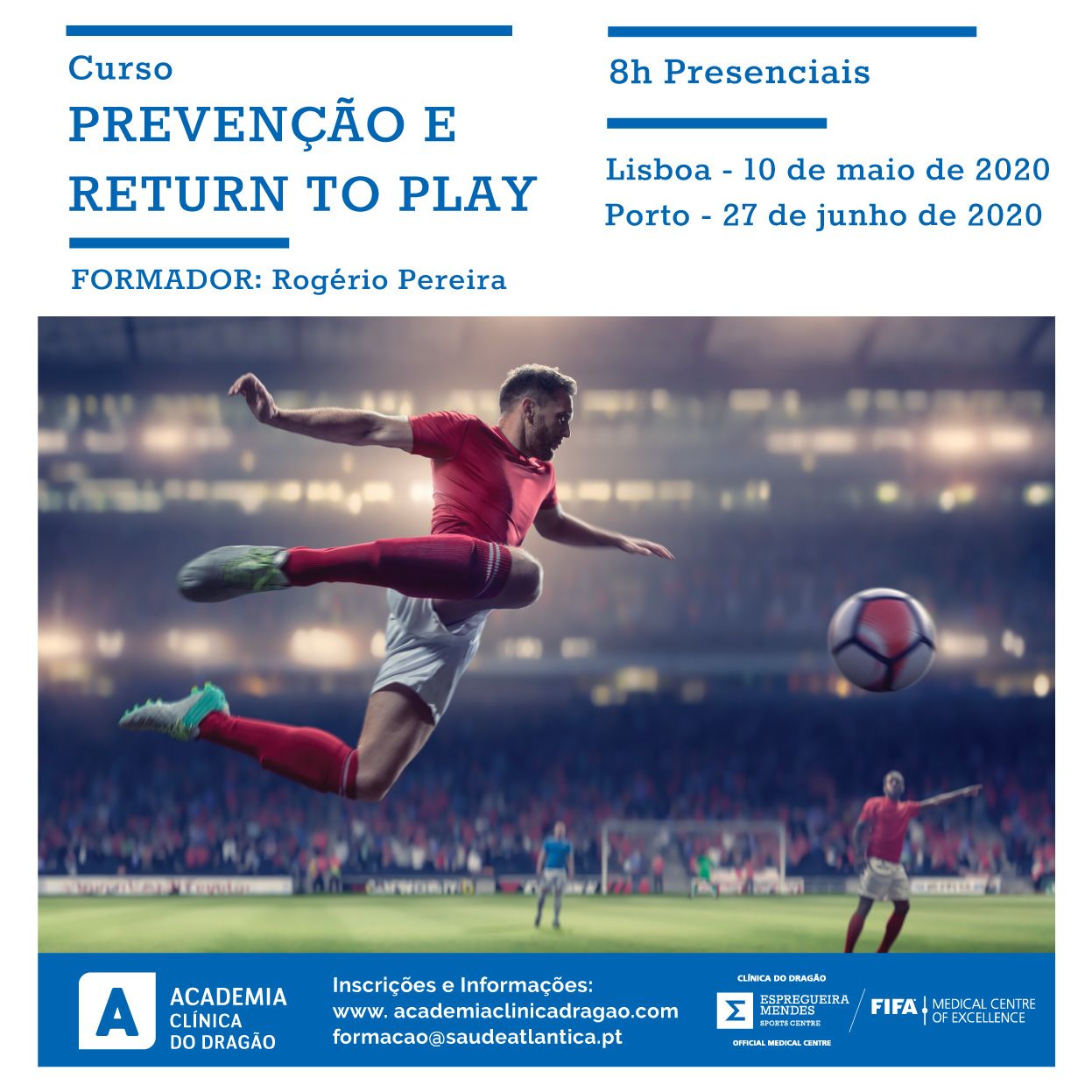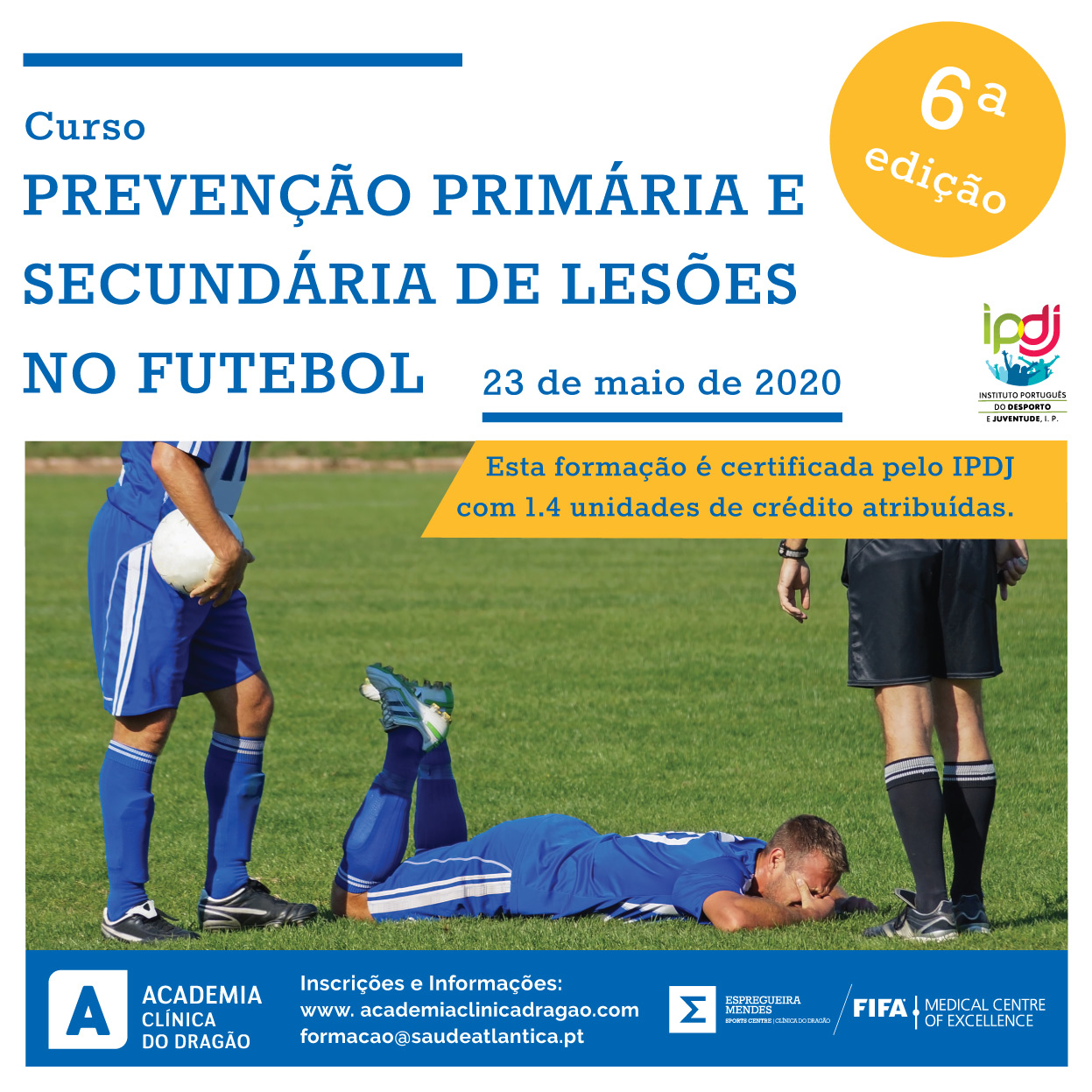The eccentric exercise in the prevention of muscle injuries and performance in Football
Over the past 3 decades, there has been a growing body of evidence regarding the effectiveness of measures taken to prevent primary sports injuries and relapses (Thorborg et al., 2017; Grindem et al., 2016). However, much needs to be done to broaden and ensure continuity of participation in prevention programs, i.e., implement science in real life, in the daily context of athletes and not just in scientific research settings. The next step for community implementation must be taken. Team sports have an important expression in the European Union and despite the countless benefits for health and well-being, they are the context where most sports injuries occur. Regarding football and the note that we are writing, it is of interest to know:
- According to FIFA, football is played by more than 250 million people in 209 countries, which means 600 million injuries are from playing it
- The risk of injury to footballers can be 1000 times higher than industrial occupations considered to be high risk
- There is an estimated incidence of 50 sports injuries for a squad of 25 players. This means that on average there will be 12% players unavailable to train or play during the sports season;
- Muscle injuries account for 1/3 among all football injuries.
- Teams with higher incidence of injuries have worse sports results, both in national and international competitions
- Although there are injury prevention programs in football that reduce incidence by 39% (Thorborg et al., 2017), implementation falls short
Many of the football player's movements require force production with emphasis on eccentric and multidirectional component. Focusing on the Principle of Specificity, it will be necessary to add to conventional training unilateral, multi-axial exercises with emphasis on eccentric work (Gonzalo Skok et al., 2016).
The eccentric overload
The benefits of eccentric training overload are well supported in the scientific literature (Hody et al., 2019). In a 2015 study, several professional football teams - 32 included in the UEFA Champions League - were surveyed about the application of the Nordic Hamstring Exercise (NHE). Although this exercise has a 50% preventive effect of the risk of muscle injury to the Ischiotibials, it was found that only 11% of the teams completed the program in full over the course of their sporting season (Kristian et al., 2015). It is critical to safeguard that in many athletes the Nordic Hamstring Exercise should not be the first choice of eccentric overload. It will be important to adapt the load progression, taking into account their physical culture or lack thereof.
 The equipment
The equipment
Eccentric actions require differentiated neuromuscular control (Enoka, 1997 and Tous, 2003). Isoinertial technology equipment (Flywheel machine) allows a transfer of training specificity in horizontal vector that overlaps with traditional training, as it offers the possibility of multidirectional movements (De Hoyo et al., 2015). The same author studied the effects of a 10-week eccentric overload training program on injury prevention and performance in elite athletes (U17 and U19). For this, 2 exercises were chosen on isoinertial machines (Half squat and Leg curl), and 1 to 2 sessions per week (3-6 sets of 6 repetitions) were performed. The results indicate that injury prevention programs focused on eccentric stimulus reduce the incidence and severity of muscle injuries by increasing impulsion capacity and speed in linear sprint (Hoyo et al, 2013).
Prevention
In the context of primary prevention of hamstring injuries, it is necessary, on average, to involve about 25 players to prevent 1 injury. Differently, in a secondary prevention setting, the involvement of 3 athletes may be sufficient to prevent 1 recurrence. While there are several factors that justify this result, one may lie in the higher degree of commitment that the athlete makes to secondary prevention programs after experiencing a muscle injury.
Further research is needed to identify the mechanisms by which eccentric overload has a protective effect. However, it seems that they are related to structural and functional adaptations at the level of the extracellular matrix (Allison et al., 2015) and to the fact that maximal decelerations are a key movement in Football (Tous et al., 2016). Most muscle injuries seem to occur in the last third of knee extension. Thus, a targeted work for a specific angular sector can address the existing weaknesses.
When including eccentric training in an athlete's fitness program, it is of interest to consider the evidence that defines the possible risks and benefits (Hody et al.,2019):
Benefits:
- Rapid gains in strength and muscle mass;
- Increased performance in different parameters (speed, change of direction, jumping)
- Improvement of neural adaptations
Risks (acute/temporary):
- Exercise-induced muscle damage and DOMS (delayed onset muscle soreness)
- Impairment of muscle functional capacity (loss of strength, decreased range of motion, impaired proprioceptivity)
Take home message
Within a planning focused on the general and specific needs of the player that takes into account all the variables that surround him and the overall objectives of the team, eccentric training has a positive impact on muscle injury prevention and performance. To be safe and effective, it should be framed within the periodization of training loads adapted to the different microcycles. Finally, it is essential to stimulate the degree of compliance of the athlete for the results to be as effective as possible, i.e., the preventive effect stems from a specific dosage, with minimums. Thus, to get results, one must prescribe more with facts and less with preferences and/or opinions.
Article Author
Nuno Cerdeira

Strenght & Conditioning Specialist / Sports Scientist FC Porto
Strength & Conditioning Advisor of Clínica Espregueira | FIFA Medical Centre of Excellence
Bibliographic references:
Enoka, R. M. (1996). Eccentric contractions require unique activation strategies by the nervous system. Journal of applied physiology, 81(6), 2339-2346.
Gonzalo-Skok, O., Tous-Fajardo, J., Valero-Campo, C., Berzosa, C., Bataller, A. V., Arjol-Serrano, J. L., ... & Mendez-Villanueva, A. (2017). Eccentric-overload training in team-sport functional performance: constant bilateral vertical versus variable unilateral multidirectional movements. International journal of sports physiology and performance, 12(7), 951-95
Hody, S., Croisier, J. L., Bury, T., Rogister, B., & Leprince, P. (2019). Eccentric muscle contractions: risks and benefits. Frontiers in physiology, 10, 536.
de Hoyo, M., Pozzo, M., Sañudo, B., Carrasco, L., Gonzalo-Skok, O., Domínguez-Cobo, S., & Morán-Camacho, E. (2015). Effects of a 10-week in-season eccentric-overload training program on muscle-injury prevention and performance in junior elite soccer players. International journal of sports physiology and performance, 10(1), 46-52
Thorborg, K., Krommes, K. K., Esteve, E., Clausen, M. B., Bartels, E. M., & Rathleff, M. S. (2017). Effect of specific exercise-based football injury prevention programmes on the overall injury rate in football: a systematic review and meta-analysis of the FIFA 11 and 11+ programmes. British journal of sports medicine, 51(7), 562-571.
Tous-Fajardo, J., Gonzalo-Skok, O., Arjol-Serrano, J. L., & Tesch, P. (2016). Enhancing change-of-direction speed in soccer players by functional inertial eccentric overload and vibration training. International journal of sports physiology and performance, 11(1), 66-73
Grindem, H., Snyder-Mackler, L., Moksnes, H., Engebretsen, L., & Risberg, M. A. (2016). Simple decision rules can reduce reinjury risk by 84% after ACL reconstruction: the Delaware-Oslo ACL cohort study. British journal of sports medicine, 50(13), 804-808.
Do you already know our courses related to this theme? Evolve with the Dragon Clinic Academy!




